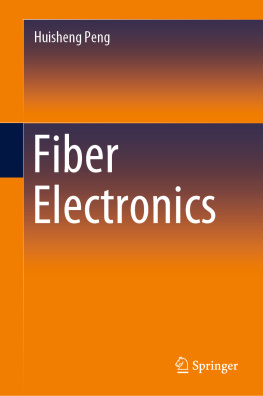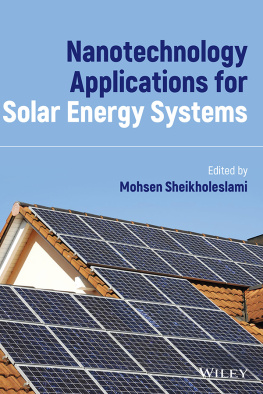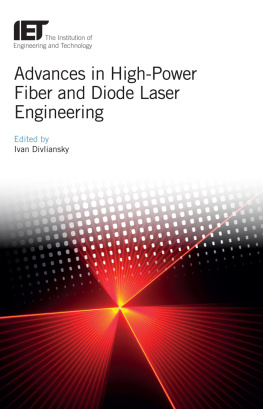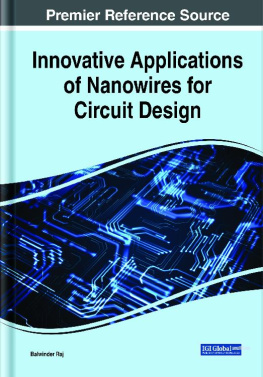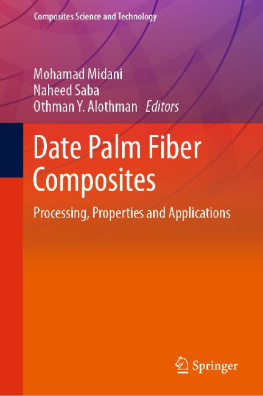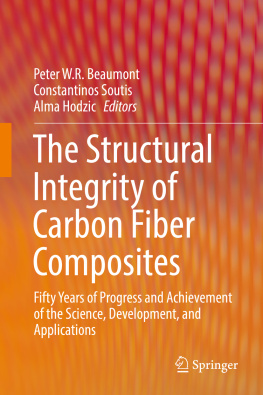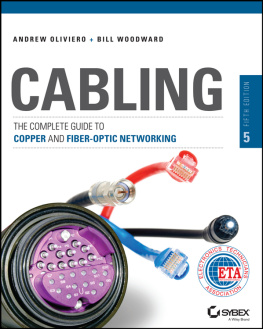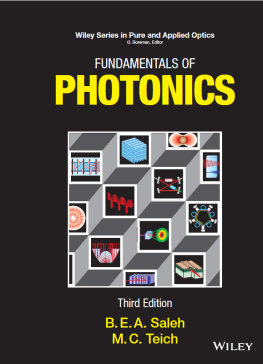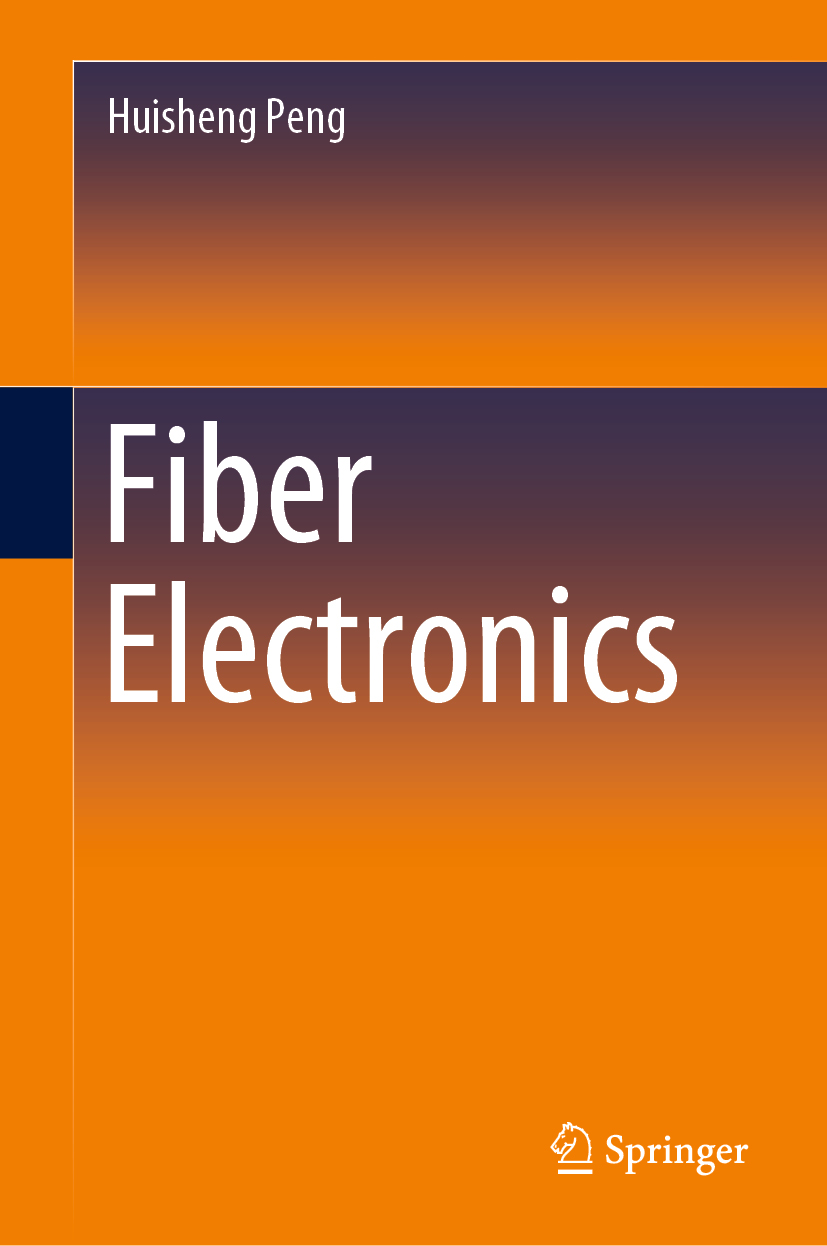Huisheng Peng
State Key Laboratory of Molecular Engineering of Polymers, Department of Macromolecular Science and Laboratory of Advanced Materials, Fudan University, Shanghai, China
ISBN 978-981-15-9944-6 e-ISBN 978-981-15-9945-3
https://doi.org/10.1007/978-981-15-9945-3
The Editor(s) (if applicable) and The Author(s), under exclusive license to Springer Nature Singapore Pte Ltd. 2020
This work is subject to copyright. All rights are solely and exclusively licensed by the Publisher, whether the whole or part of the material is concerned, specifically the rights of translation, reprinting, reuse of illustrations, recitation, broadcasting, reproduction on microfilms or in any other physical way, and transmission or information storage and retrieval, electronic adaptation, computer software, or by similar or dissimilar methodology now known or hereafter developed.
The use of general descriptive names, registered names, trademarks, service marks, etc. in this publication does not imply, even in the absence of a specific statement, that such names are exempt from the relevant protective laws and regulations and therefore free for general use.
The publisher, the authors and the editors are safe to assume that the advice and information in this book are believed to be true and accurate at the date of publication. Neither the publisher nor the authors or the editors give a warranty, expressed or implied, with respect to the material contained herein or for any errors or omissions that may have been made. The publisher remains neutral with regard to jurisdictional claims in published maps and institutional affiliations.
This Springer imprint is published by the registered company Springer Nature Singapore Pte Ltd.
The registered company address is: 152 Beach Road, #21-01/04 Gateway East, Singapore 189721, Singapore
Preface
Fiber materials, including natural fibers discovered thousands of years ago and man-made fibers invented over a century ago, are indispensable for the basic life of humankind, as, for instance, they are woven into textiles to make us warm since ancient times. The resulting textiles also gradually become a key part of fashions, particularly in past centuries. Recently, fiber materials experience a revolutionary evolution to a new epoch with an electronic function based on the rapid advance of information technology and artificial intelligence. They may harvest energy, store energy, light, compute, communicate, and detect the environmental change both in vitro and in vivo, and many new electronic functions are further emerging for the fibers. A new direction or even a discipline, fiber electronics we previously named, has been thus generated from the above research.
Fiber electronics that has been widely explored for a variety of applications ranging from power systems, information technology, artificial intelligence to public health has been attracting increasing interests since the past decade. More and more scientists and engineers are jumping into this field. Although there are many review articles related to fiber electronics including several from our lab, no books are available to provide a systematic description of the main advances, particularly in recent several years. This drives us to write this book from a viewpoint of summarizing the research work at our lab.
We do not want to discuss the content of each chapter here, but more like to highlight the book as a whole picture of fiber electronics. The history of fiber electronics is first introduced with a focus on the necessity to make electronic devices in a fiber shape in comparison to the conventional planar architecture. The definition and characteristics of fiber electronics, for the first time, are then made on the basis of a variety of widely explored fiber-shaped electronic devices. As the basic building blocks, fiber electrodes play critical roles in determining the performance of fiber-shaped electronic devices, so they have been mostly explored and are carefully compared for mechanical, electrical, and electrochemical properties that are critical to producing fiber-electronic devices based on the composition (e.g., metal, carbon, polymer, and composite). The main efforts are also made to understand how the structure and flexibility of the fiber electrode will affect the interfaces for high performance of the resulting fiber-shaped electronic devices, particularly, under deformation.
The main kinds of fiber-shaped electronic devices that function as energy harvesting (e.g., solar cell, triboelectric and piezoelectric generator, fluidic generator, and water generator), energy storage (e.g., supercapacitor, metalion battery, metalair battery, and lithiumsulfur battery), lighting (e.g., organic light-emitting diode, polymer light-emitting electrochemical cell, and inorganic electroluminescent device), computing (e.g., memristors), and sensing (e.g., chromatic device, actuator, electronic and electrochemical sensors) devices are carefully compared with the conventional 3D and 2D counterparts. We will focus on the difference in the property that originated from the different interfaces and structures (e.g., parallel, coaxial, twisting, and cross). The main efforts are made to reveal the charge generation/separation, collection, and transport processes at the curved interface of the fiber devices. The integration of the above different functions, for instance, realizing energy harvesting and storage in a single fiber, are thus discussed. The integration and functionalization are recognized to be necessary for their practical applications. The two typical applications in wearable and implantable fields are then demonstrated. The remaining challenges of the fiber-shaped electronic devices are finally outlined from viewpoints of material, fabrication, interface, property, and application.
This book was intended for scientists, engineers, graduate students, and undergraduate students, majoring in chemistry, physics, materials science, energy science, biomedical science, and engineering. It may also be useful to many non-specialists in the industry who are devoted to promoting next-generation electronic technologies. As fiber electronics has been studied just for a relatively short period, there may be many imperfections and omissions in this book also due to the limit of our ability. We will greatly appreciate critical and suggestive comments from the readers.
I want to acknowledge postdoctoral fellows and graduate students who joined in writing this book at my lab with Chap. by Chengqiang Tang and Chuanrui Chen. Note that several chapters are evolved from our previous book named Fiber-Shaped Energy Harvesting and Storage Devices published also by Springer in 2015. Dr. Chuanrui Chen organized to write the book and revised every chapter. We sincerely thank Editor Dr. Rui Guo for the kind help in writing this book and warm support in publishing the book.
Huisheng Peng

